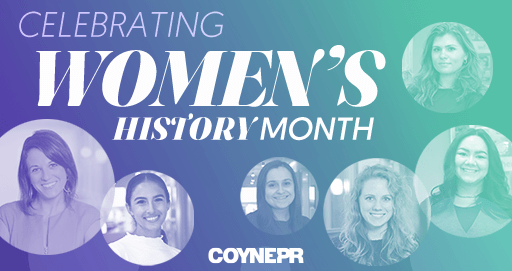I recently sat down with Brandon Bodow, Producer for Good Morning America to learn more about some of his daily challenges and how PR professionals can help build and deliver story ideas. Brandon Bodow has spent close to 12 years as a producer for Good Morning America. He has earned four Emmy awards for GMA in the “Outstanding Morning Program” category. Brandon is a graduate of Boston University and received a B.S. in Film & TV. Brandon lives in Manhattan with his wife and 15-month old daughter.
Tell us more about your day-to-day as Producer of GMA.
My day involves a team process of developing story ideas for the show that come from a variety of sources including many from PR professionals. We are always looking for good ideas coming from any source, but we always have to be careful that ideas are not too promotional. At times, we will work closely with our integrated marketing team to bring some more ‘promotional’ ideas to life on the show. Of course, when ideas are news or buzzworthy and make sense for our show, we will work to build these out with a publicist.
What are some of your daily challenges in developing a story?
There are so many ideas coming in every day; filtering the volume of ideas is a challenge plus determining which makes sense specifically for our show format. There isn’t a whole lot of space based on our format, so finding where an idea might fit in is a challenge as well.
How can PR professionals be of most value to you?
PR Pros are very valuable; we receive great ideas every day that come from PR pros. We try more than ever for our show to not feel random but tied to something in the news or a trend. Some of the best ideas from PR pros capture this. When we receive pitches from PR pros, the best ones explain clearly how it connects to news, a current trend or how it might make sense specifically for GMA.
What information is essential for you to consider a ‘pitch’ from a PR professional?
Pitches are best when they are brief and include why it should be considered; rather than a straight press release. Best pitches are ones that explain with brief, but thought-out detail how the idea can come to life on our show, especially visually. In terms of communicating – emails are preferred. I personally have no problem with multiple follow-up, especially when a PR professional really believes that the story is right for the time.
How are you checking ‘fake news’ in light of current events in the media; can a PR professional help in this area?
Now more than ever we have to be so careful of what we are reporting. So much information is coming in daily; it’s important for us to be accurate and vette everything we receive. We have ways of internally verifying information and sources to ensure accuracy; it’s easier today than in the past to do this. Unfortunately, we cannot blindly trust even what PR pros are sharing with us. It is however helpful for PR pros to support their pitch with legitimate resourcing – for example a link to a trend story or an industry study.
How important is ‘real data’ when considering a pitch from a PR professional?
Data is great especially when surprising numbers are revealed that may not be what people think. And of course, it must be accurate and from a legitimate source. We like using data, especially when it can fit well within our show format, such as Pop News or other segments.
What kinds of visual asset do you prefer?
For us as a broadcast show, when we consider a story, visuals really have to be a part of an idea – definitely video and photos for sure. Ultimately, we need ‘to see’ how a story comes to life on TV. In terms of these visual assets, we prefer ones easiest to use with as little limitations as possible.
In your opinion, what can PR professionals do better?
I think the idea of ‘why,’ particularly our show, should do the story is missing from many pitches. This really is an important piece as we consider the massive volume of story ideas each day.




